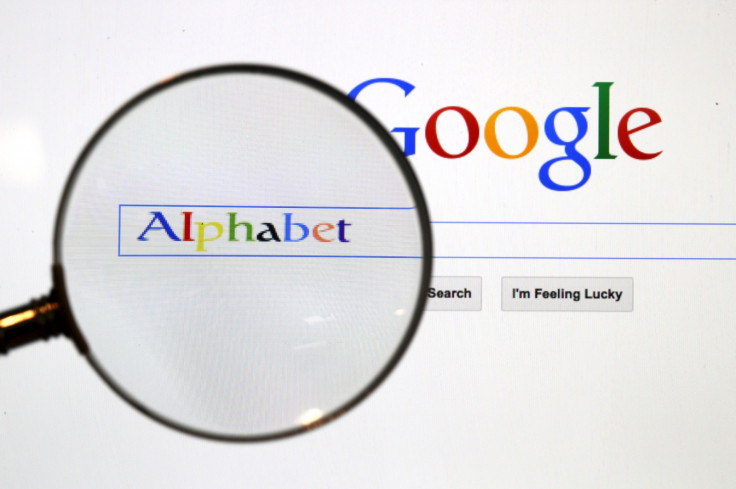Alphabet's upcoming health watch is a cardiac and activity monitor
Verily plans to use the health watch in its baseline study to identify early signs of diseases.

Alphabet's upcoming health watch is a "cardiac and activity monitor", says Brian Otis, the chief technical officer (CTO) at Verily, Alphabet's research division devoted to the study of life sciences. A prototype of the device from Google's parent company shows details about the sensors and software features to measure disease.
Verily first revealed details about the wearable in June last year saying it would not be marketed as a consumer product. The company planned to collaborate with researchers and drugmakers for testing the accuracy of the wristband and was looking for manufacturing partners. Since then, there have been a lot of changes to the health watch as the company has been trying to make it a full- fledged health-tracking device.
The company wants to use the device in medical research such as baseline studies to measure thousands of individuals to look for early signals that can predict disease.
Otis spoke to MIT Review, which has now spotted the prototype of the watch; the company has built hundreds of them. Otis, who was wearing one on his wrist, declined to disclose technical details of the watch.
Equipped with sensors, software and science, the Alphabet health watch is designed to measure diseases and help control them. The prototype features a standard brass-coloured watch casing that does not have any button.
The display of the watch seems to be a paper-white circular dial with digital time readout. The watch uses e-ink, a display technology that consumes less power. "If people are going to wear this you can't charge it every day; that just isn't going to work," Otis said: "The big push now is low power."
The display suggests the wearable is designed to collect data, and not show it to the wearer, underscoring Verily's statement that it is not a consumer product.
Otis said: "We are constantly iterating on these things." An outer ring on the watch measures the wearer's electrocardiogram (ECG) or electrical rhythm of the heart.
Other medical sensors include two green LEDs, which are meant to measure the heart rate called a photoplethysmogram. This technology has already been implemented in the Apple watch. There are four raised metal pads on the underside of the watch. The pads have several uses such as contacts to charge the watch, or to provide a second electrode to complete the ECG measurement.
According to David Albert, founder of AliveCor, which markets portable ECG monitors, the metal pads could be electrodes to measure how much tissue resists a small electrical current. This is apparently a different way to measure the heart rate.
Albert also believes these elements could be used to measure galvanic response or how much the wearer sweats and measures stress. Other sensors of the watch include accelerometer and gyroscope for measuring movements.
© Copyright IBTimes 2025. All rights reserved.





















